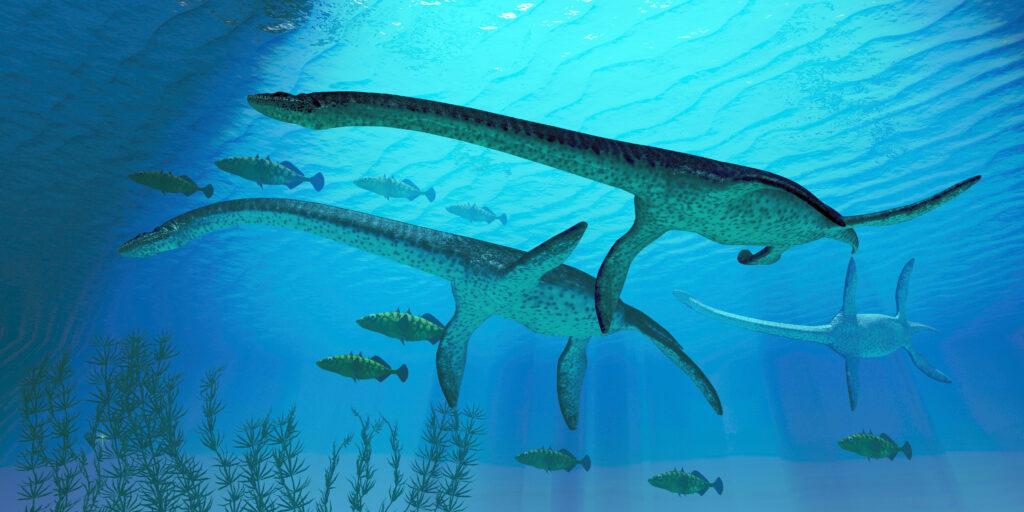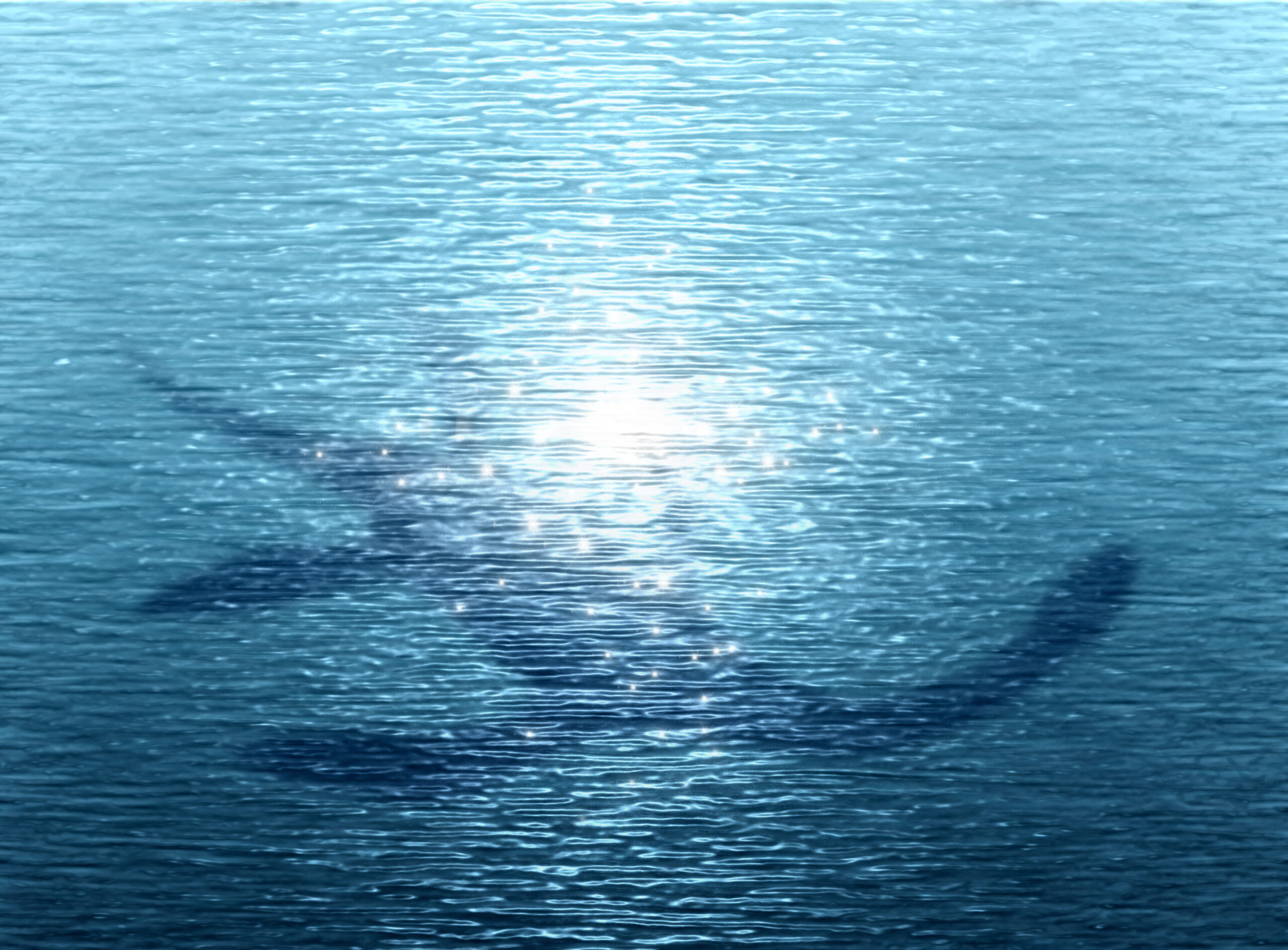Have you ever heard of the legendary creature known as the Loch Ness Monster?
This mysterious creature is said to inhabit the depths of Loch Ness, a large freshwater loch located in the Scottish Highlands.
The Loch Ness Monster, also known as Nessie, is a cryptid, a creature whose existence is highly disputed.
This legend has captivated the public for centuries, with people from all over the world traveling to the loch in search of the mythical creature.
Despite numerous sightings and supposed evidence, the existence of Nessie remains a mystery, with some scientists and researchers speculating that it could be a type of prehistoric marine reptile or an unknown species of fish or eel.
Others believe that it could be a supernatural being or even a time traveler.
Whatever the case may be, the legend of the Loch Ness Monster continues to captivate the public imagination and serves as a reminder of the mysteries and wonders that still exist in our world.
History of the Loch Ness Monster
The history of the Loch Ness Monster dates back to the 7th century AD, when a monk named St. Columba is said to have encountered a “water beast” in the loch.
According to legend, St. Columba encountered the beast while trying to convert the Picts, a group of indigenous people living in what is now Scotland, to Christianity.
He is said to have saved a man from the beast by making the sign of the cross and commanding the creature to leave.
In 1933, a road was built along the loch, which led to an increase in reported sightings of the monster.
Many people claimed to have seen a large, serpentine creature emerging from the water, with some even claiming to have captured it on film.

The most famous photograph of the Loch Ness Monster, known as the “Surgeon’s Photograph,” was taken in 1934 and quickly became the most widely circulated image of the monster.
However, it was later revealed to be a hoax, created by a man named Marmaduke Wetherell using a toy submarine and a carved wooden head.
Despite being debunked, the “Surgeon’s Photograph” sparked worldwide interest in the monster and led to numerous expeditions and searches for Nessie.
Over the years, various groups and individuals have attempted to find evidence of the monster’s existence, using everything from sonar equipment to underwater drones.
Theories about the Loch Ness Monster

There are several theories about what the Loch Ness Monster could be.
Some scientists and researchers believe that it could be a type of prehistoric marine reptile, such as a plesiosaur, that somehow survived extinction.
These creatures were large, air-breathing reptiles that lived during the age of dinosaurs and are believed to have gone extinct around 66 million years ago.
However, some experts believe that it is possible that a small population of plesiosaurs could have survived in a place like Loch Ness, where they would have had access to a constant food supply and a protected habitat.
Others propose that the Loch Ness Monster could be a large, unknown species of fish or eel.
The loch is home to a variety of fish, including salmon and trout, but it is also possible that there could be a species that has yet to be discovered.
Some scientists have suggested that the monster could be a species of giant eel, which is known to grow to impressive sizes in some areas.
There are also less likely theories about the monster’s identity.
Some people believe that the monster is a supernatural being, such as a kelpie (a shape-shifting water spirit in Scottish folklore) or a banshee (a female spirit in Irish folklore).
Others propose that it could be a time traveler, either from the future or from another dimension.
While these theories may be more far-fetched, they continue to be popular among some believers in the monster’s existence.
Search for the Loch Ness Monster
Efforts to find the Loch Ness Monster have been ongoing for decades. In the 1960s, the Loch Ness Phenomana Investigation Bureau was formed as a group of scientists and researchers dedicated to studying and searching for the monster.
The group conducted various searches and experiments, including using sonar equipment to scan the loch for signs of the monster.
In 2003, a team of scientists led by Dr. Neil Gemmell of the University of Otago in New Zealand used DNA sampling to try to find evidence of the monster.
They collected water samples from various locations in the loch and analyzed the DNA contained within them.
Their results were inconclusive, as they were unable to identify any DNA that was not from known species.
In 2019, the Official Loch Ness Monster Fan Club organized a search using advanced underwater drones.
The drones were equipped with cameras and other sensors and were used to scan the loch for signs of the monster.
However, despite these efforts, no definitive evidence of the monster was found.
Conclusion
Despite numerous sightings and attempts to find the Loch Ness Monster, the existence of this legendary creature remains unproven.
Over the years, many people have claimed to have seen the monster or to have captured it on film, but none of this evidence has been able to definitively prove the monster’s existence.
Some scientists and researchers believe that it could be a type of prehistoric marine reptile or an unknown species of fish or eel, while others think it could be a supernatural being or even a time traveler.
However, without concrete evidence, it is impossible to say for sure what the monster may be.
Despite the lack of proof, the legend of Nessie continues to capture the imagination and curiosity of people around the world.
Many people are fascinated by the idea of a mysterious creature living in the depths of a Scottish loch, and the legend of the Loch Ness Monster has spawned numerous books, movies, and other media.
Whether you believe in the monster or not, it is hard to deny the enduring appeal of this mysterious and elusive creature.
Regardless of whether the Loch Ness Monster is real or not, the story of this legendary creature serves as a reminder of the mysteries and wonders that still exist in our world.
It is a reminder that there are still things out there that we do not fully understand and that we should always keep an open mind and be willing to consider the possibility that there are things beyond our current knowledge.
In this way, the legend of the Loch Ness Monster serves as a reminder of the endless possibilities and the sense of wonder that exists in our world.

